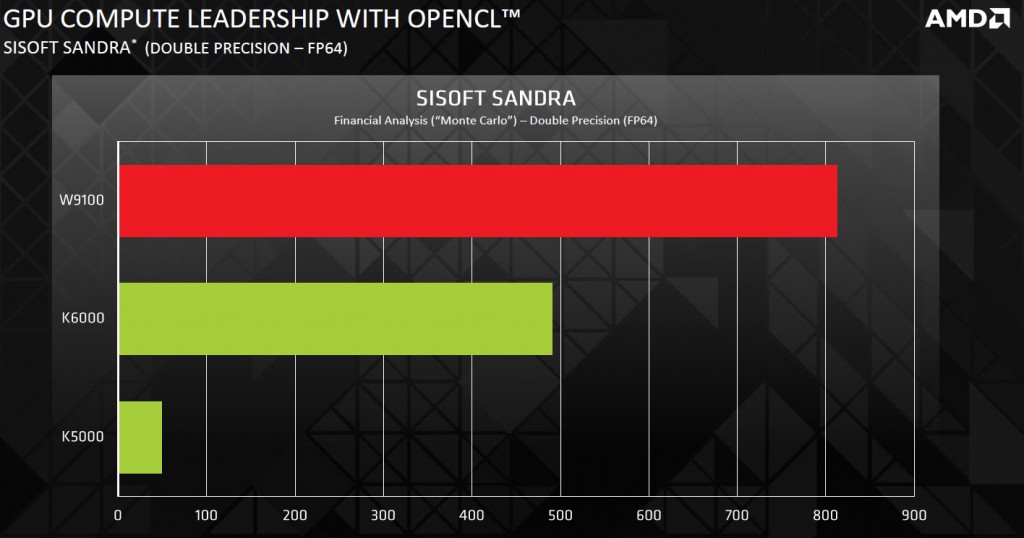


Secondly, the L1 Data cache and shared memory have been nearly doubled from 128KB on Volta to 192KB on Ampere. Firstly, the number of Tensor cores in the former has been reduced to four from eight. Ampere SM (A100) AmpereĬomparing the Ampere and Volta SMs, you can see that there are two key differences between the two. TF32 is 20x faster than FP32 and produces a standard IEEE FP32 output. It uses the same exponential range as FP32 but provides the accuracy of FP16 by using the 10-bit mantissa, instead of 23. Lastly, there is a new data-type supported by Ampere called, TF32 or Tensor Float 32. High-precision FP64 operations are faster by a magnitude of 2.5x. This is thanks to fine-grained structured sparsity that essentially doubles the throughput.Īs you can see in the above figure, Ampere increases the throughput by a factor of 20 in the case of INT8 operations using sparsity, while FP16 based workloads see a jump of 5x. Despite that though, the overall mixed-precision compute capabilities of the A100 are a staggering 20x more than the P100. While the SM configuration hasn’t been changed by much, the tensor cores per SM have been reduced to half as much as Volta. Right off the bat, the most noticeable change is the increase in the number of SMs per GPU and the accompanying cores. Here are the specs of the new Ampere based A100 next to its predecessors, the Volta and Pascal powered Tesla accelerators: Data Center GPU
#HALF RATE FP64 GPU FULL#
The full GA100 block looks something like this: NVIDIA has basically disabled a whole GPC and as a result the accompanying SMs, cache and memory controllers are lost. While the GA100 packs six memory stacks, the A100 has five, connected via x10 512-bit controllers to the GPU. The memory also takes a hit in the form of a full HBM2 stack. NVIDIA has disabled one entire GPC (Graphics Processing Cluster) on the A100, bringing down the core count from 8,192 to 6,912. The GA100 is the full implementation while the A100 is a cut down variant forming the Ampere based Tesla GPU. As such, most of the focus has gone into improving the mixed-precision capabilities and the Tensor cores. The Tesla A100 or as NVIDIA calls it, “ The A100 Tensor Core GPU” is an accelerator that speeds up AI and neural network-related workloads. While not exactly a GPU, it still features the same basic design that will later be used in the consumer Ampere cards. NVIDIA yesterday launched the first chip based on the 7nm Ampere architecture.


 0 kommentar(er)
0 kommentar(er)
